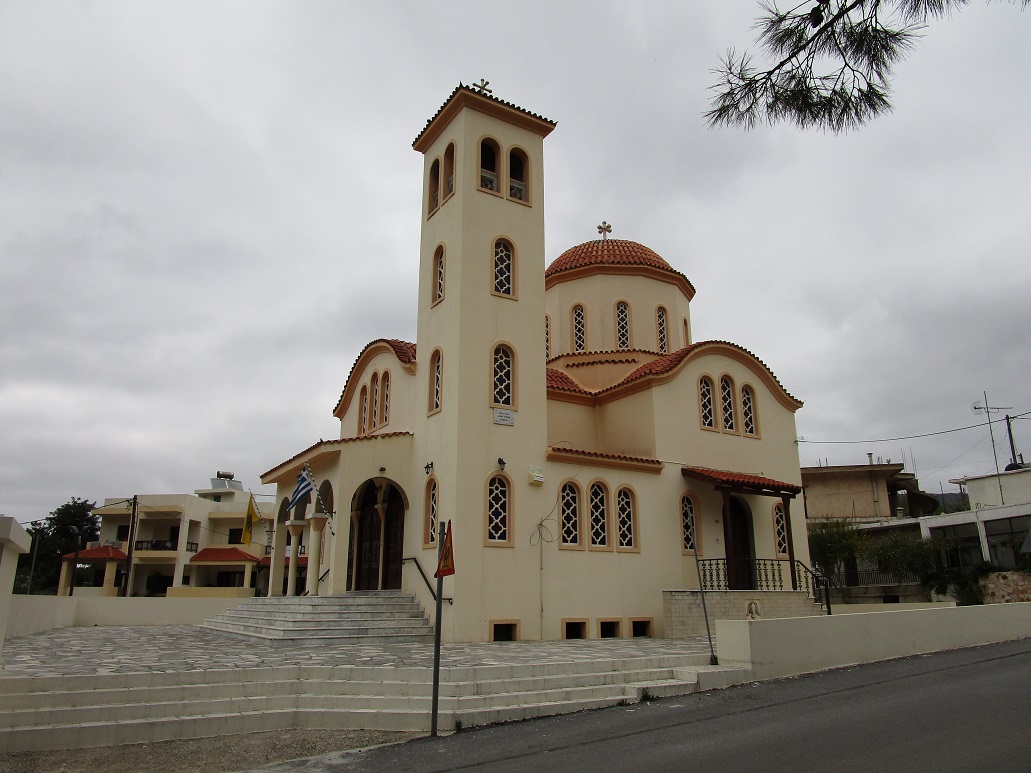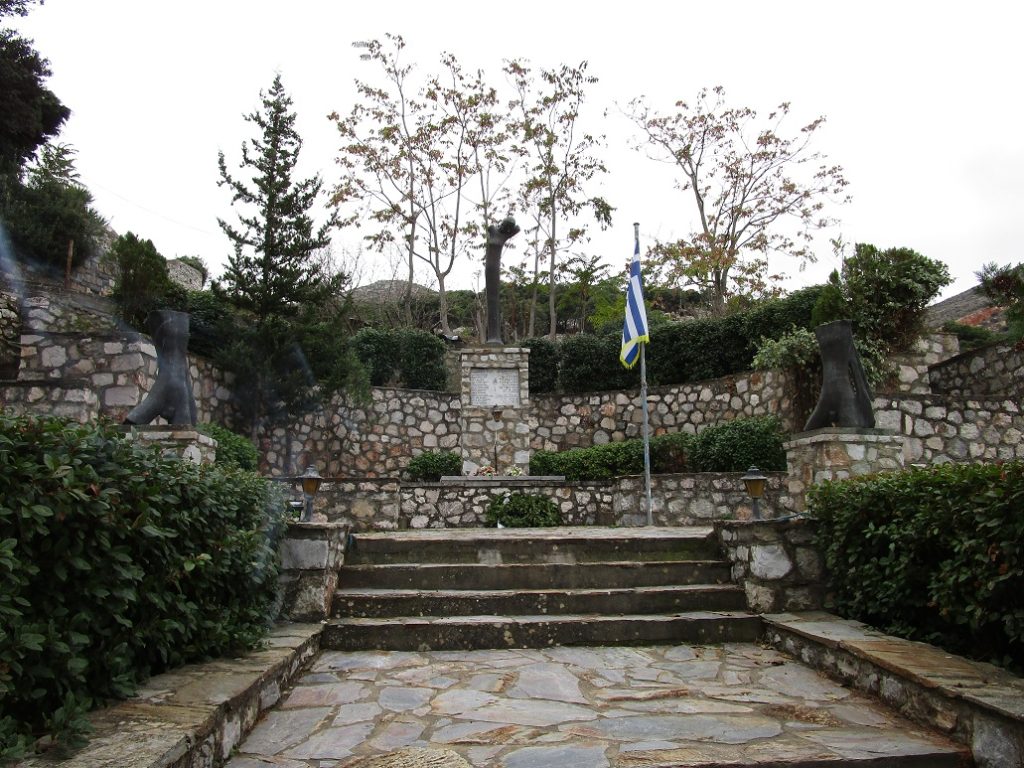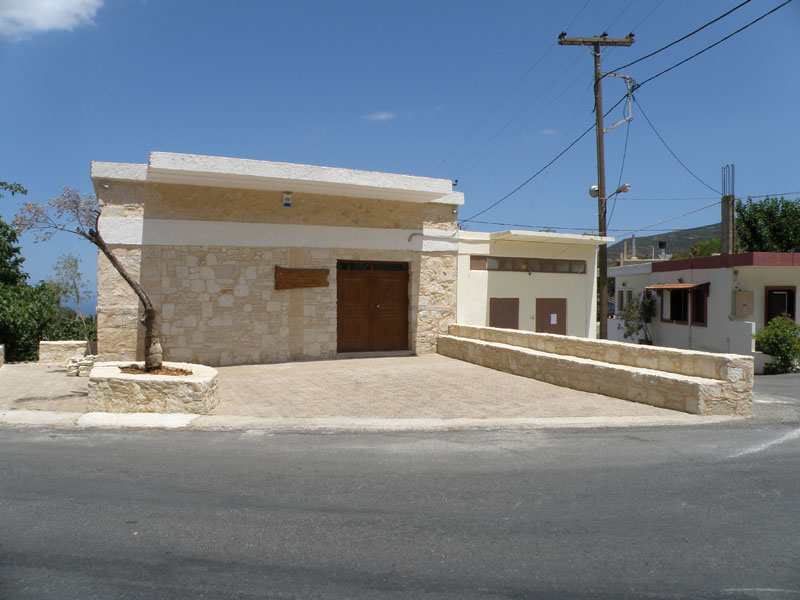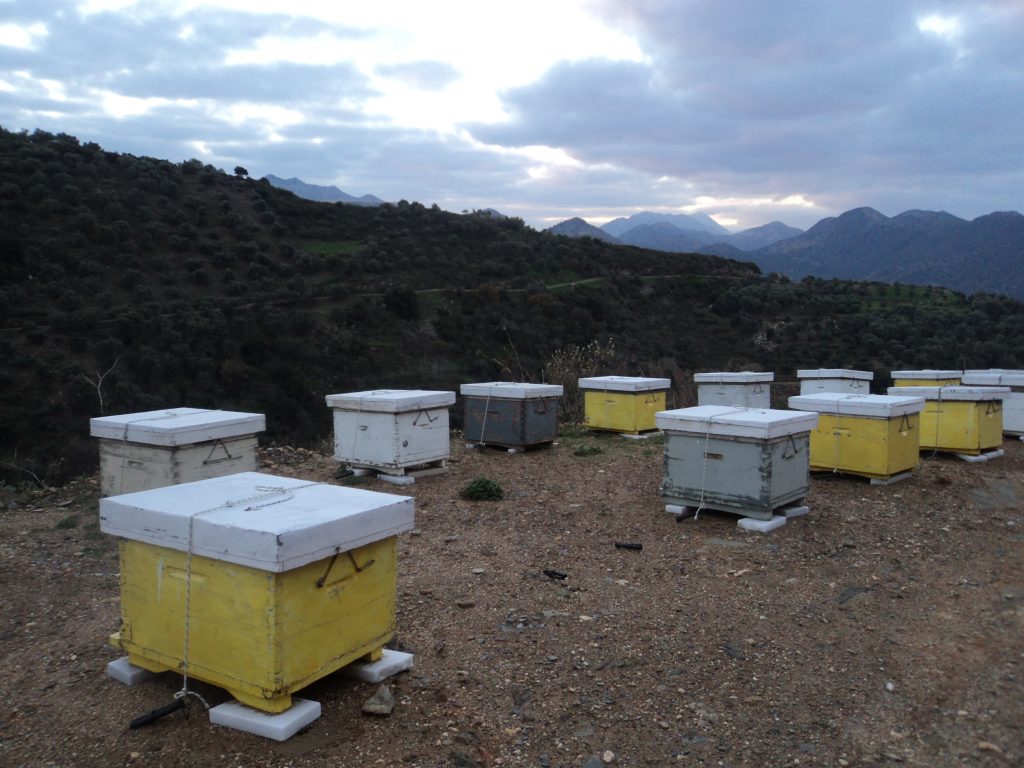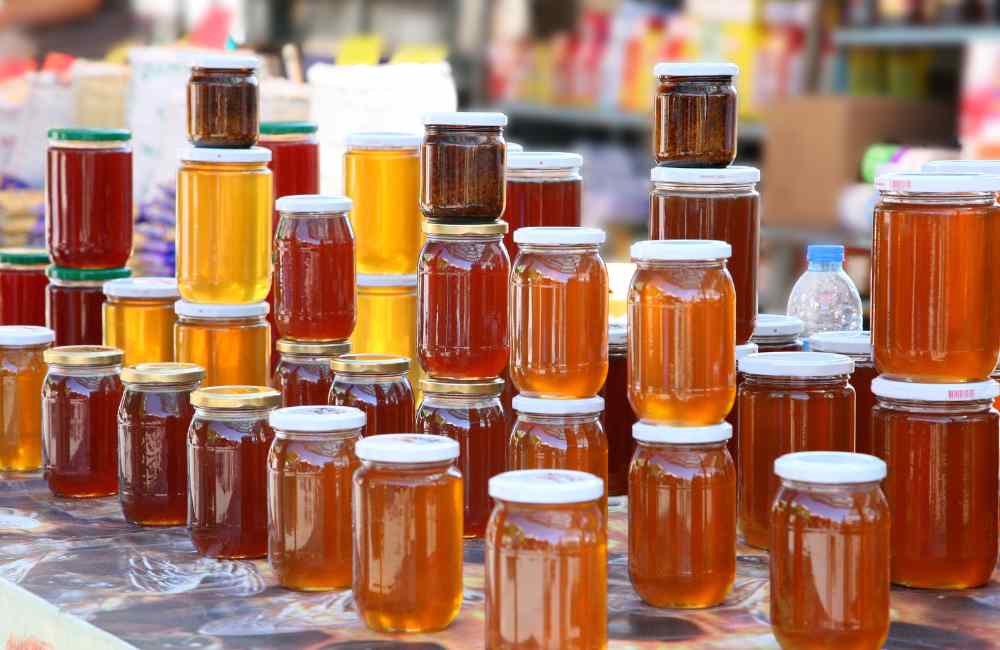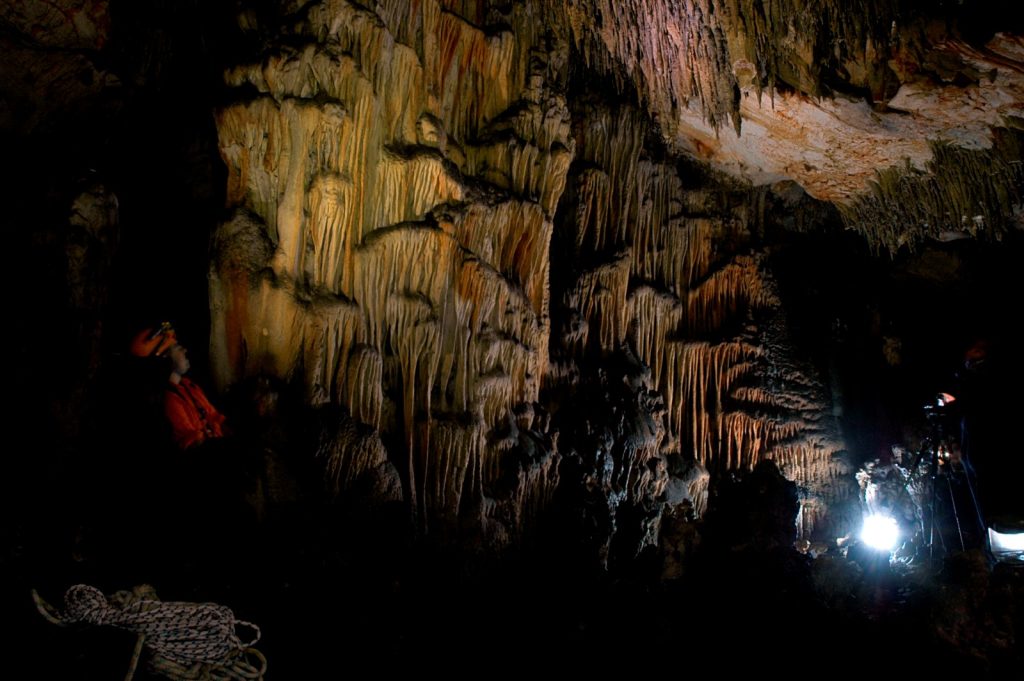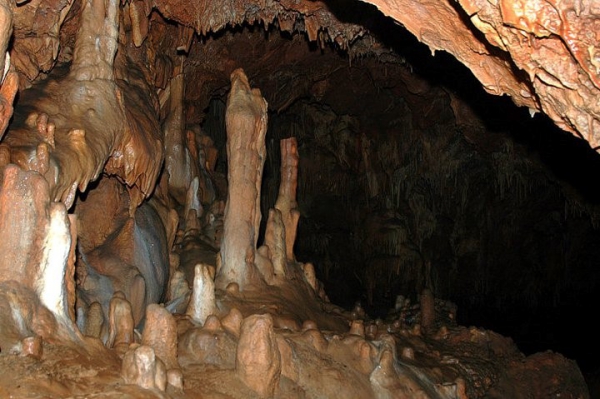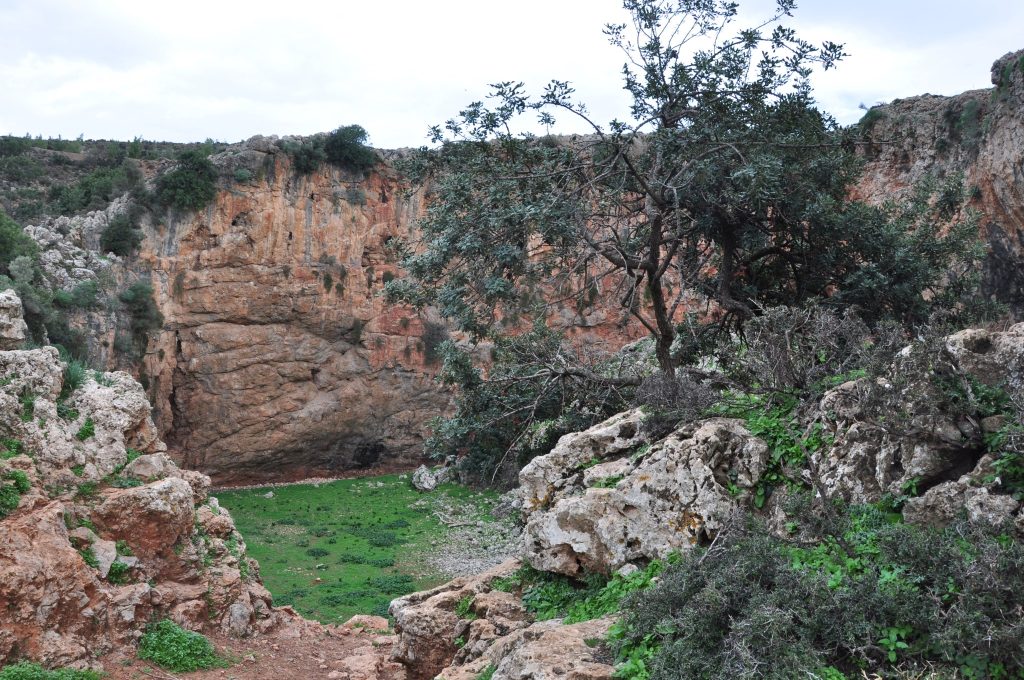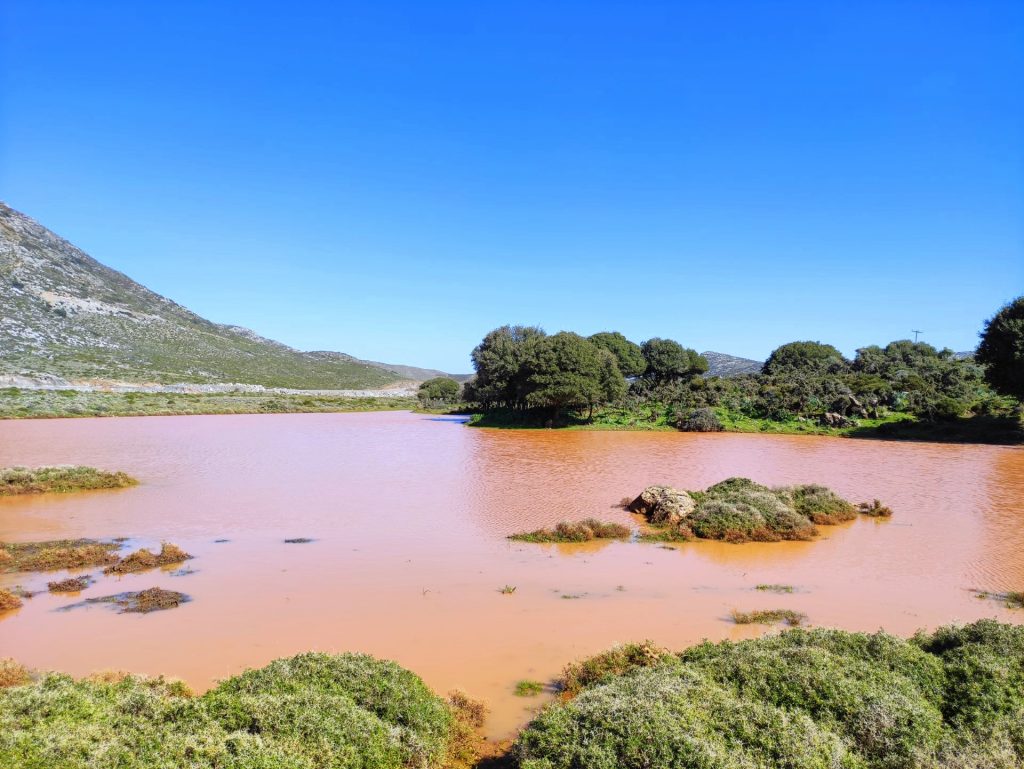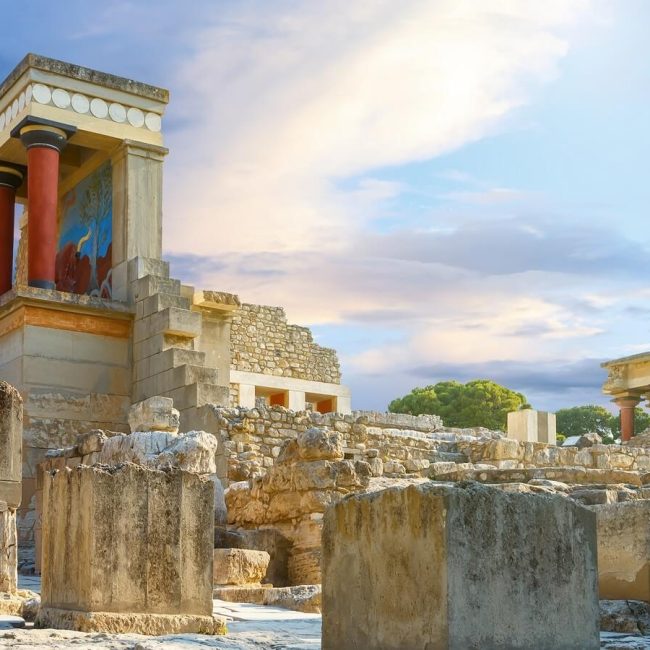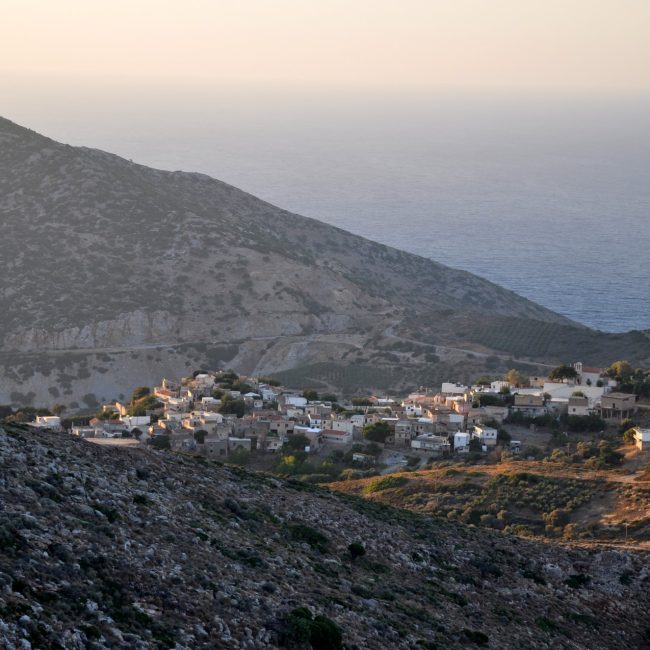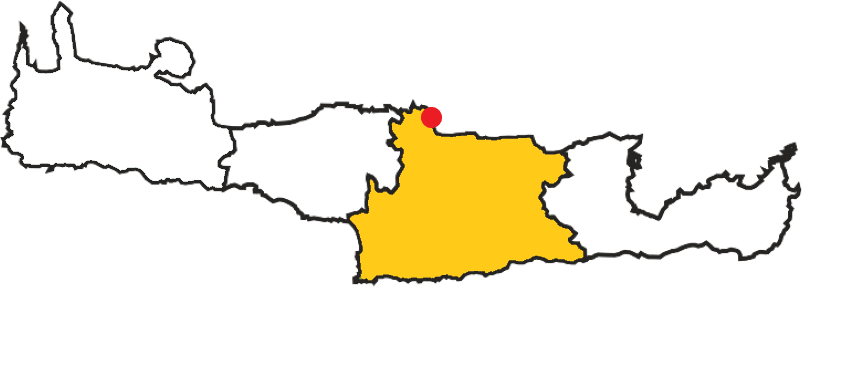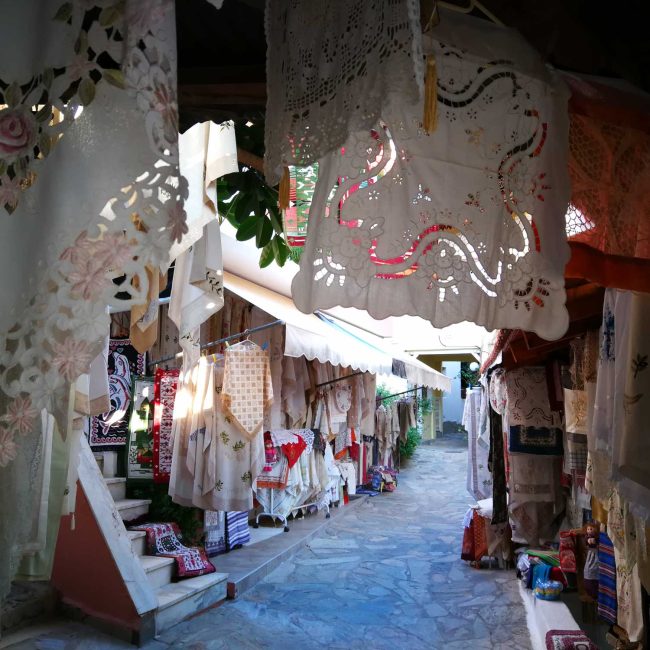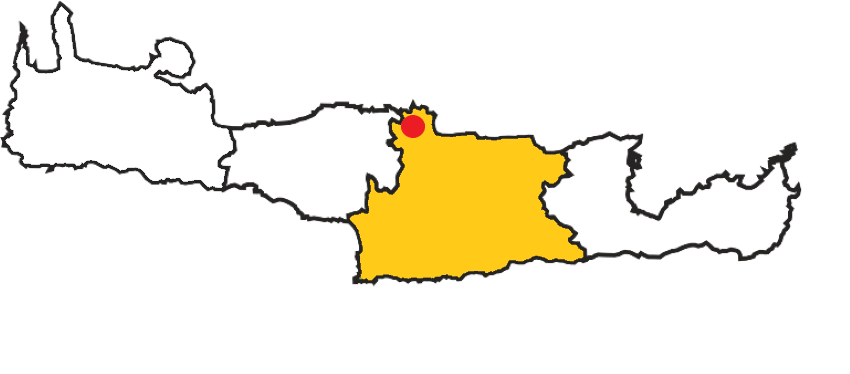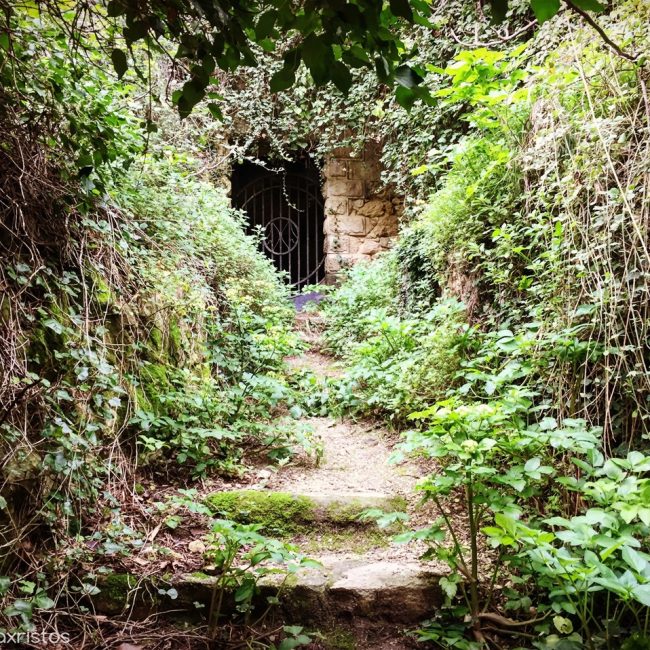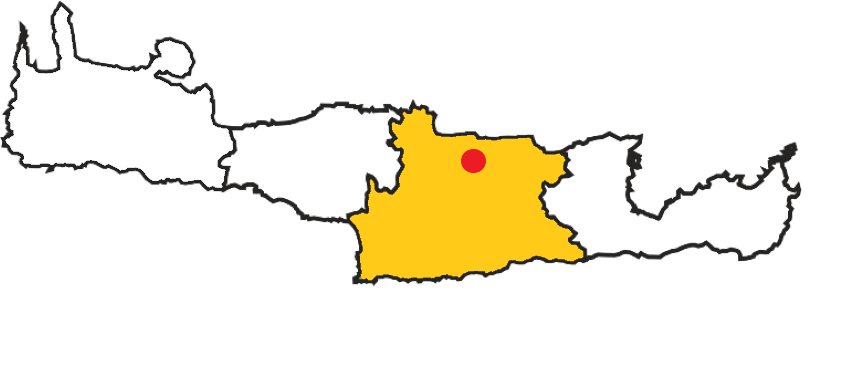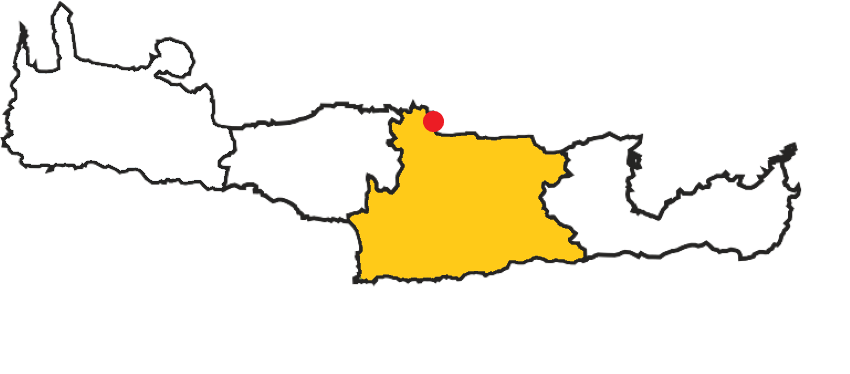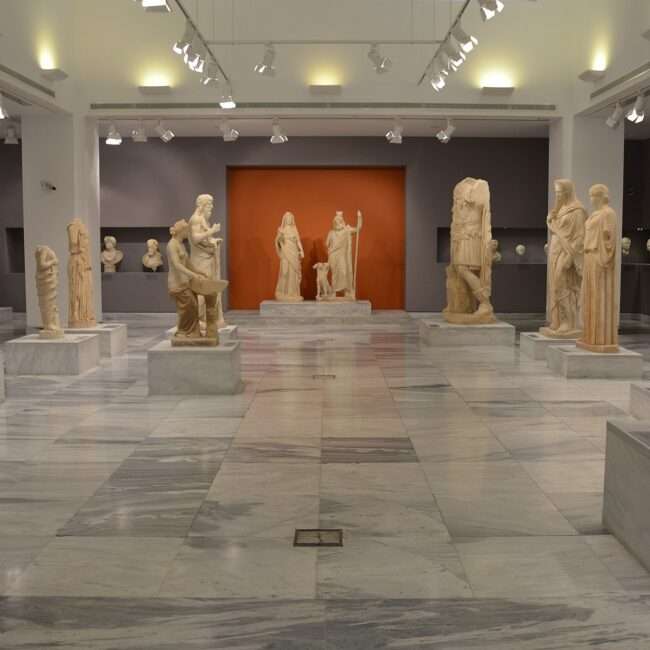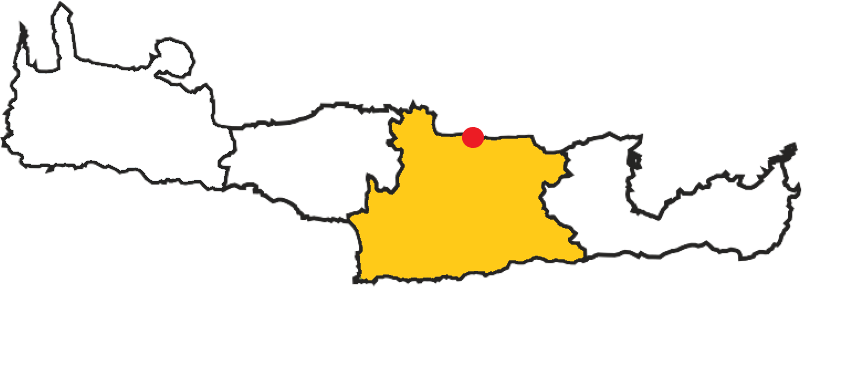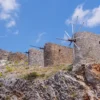Marathos Village
Marathos Village: The explorer's destination
Marathos is a mountainous village located 20 kilometers west of Heraklion. It is located at an altitude of 400 meters above sea level. The town gets its name from the Marathianos River, which flows nearby all the way to Fodele Beach. It is only a 20-minute drive from Fodele and is well worth a visit for its tavernas, magnificent landscape, trails, historical landmarks, and other unique attractions. Since the village is not far from Fodele, visiting both places on the same day is not a bad idea. It is a bustling village, with new residences and creative residents who have no plans to leave. Marathos is famed for its tavernas serving excellent and traditional cuisine in its lovely surroundings.
Marathos Village - A Snapshot
Marathos Village, also known as Marathos Kamaraki, is a small traditional settlement that is characterized by its quaint streets, well-preserved architecture, and warm hospitality of its residents. As you wander through the village, you’ll encounter charming stone-built houses, cobblestone pathways, and a peaceful ambiance that transports you to a bygone era. On the main road, you will find the memorial for the fallen and the National Resistance. The War Monument, commemorating the many battles the island has suffered to conquer its freedom, was awarded a prize and was built by the famous sculptor Klinakis Yannis, who is from Marathos. It was erected in 1985.
Attractions in Marathos Village
Art Space in Marathos
Marathos Village is not just a haven for natural beauty but also a hub for artistic expression. The Art Space in Marathos is a creative oasis which was opened in 2009 and features mainly works by Marathos-native sculptor Yiannis Klinakis, born in the village in 1938.
Apart from the war monument that commemorates the people who died to protect the village and Crete, a large part of the gallery features the sculptor’s artworks dedicated to the battles of Crete.
Sculptures about the Greek Revolution (1821-1830), the 1940-1944 National Resistance and sculptures with symbolic content. Everything in their own section.
There are also sculptures and paintings by other artists from Klinakis’s collection.
An extensive brochure featuring the works on display at the Art Space of Marathos can be examined here.
Honey Production in Marathos
The region surrounding Marathos Village is renowned for its honey production. Local beekeepers have perfected the art of honey-making, and you can savor the delicious and aromatic honey varieties produced here. Don’t miss the opportunity to taste this sweet nectar and even purchase some as a unique souvenir.
Nearby Attractions
Arkalospilios Cave
The cave is located at an altitude of 545 meters above sea level. During the Ottoman occupation, the cave served as an important shelter for the residents. Although its entrance is big (2.1 meters wide and 1 meter high), dense greenery keeps it hidden from prying eyes. To find the cave, look for the abandoned quarry of Arkalokefalo. Fortunately, the cave is open to the public. The cave’s huge rooms spread out after a tight route from the entrance, and the stalactites and stalagmites make a beautiful atmosphere.
This natural wonder offers a captivating underground exploration experience. Wander through its chambers adorned with impressive stalactites and stalagmites, and immerse yourself in the mysteries of the subterranean world.
Doxa Cave
Doxa Cave lies 7.5 kilometers after the junction of the old national road to Tylisos, heading towards Damasta. On the right, there is a tavern called Doxa, which is located immediately above the cave’s entrance. The bar owner has created a tiny walkway to the cave, making entrance simple and free. Torches, which are required for people attempting to visit the cave, can also be obtained from the tavern.
The cave is only 50m long, with a total route length of 100m. The entryway, which has been expanded by human hands, is 1.5m high and 2m broad. The cave is quite old and eroded, but it is still quite impressive. A downhill corridor begins at the entrance and progressively extends across the breadth. This passageway connects four rooms.
Voulismeno Aloni
Visitors may be startled to see a striking, even bizarre, spectacle at the foot of Mount Stroumboulas and near to the village Marathos, a big crater that has now turned into a rock climbing destination. This crater, which has not been seen previously, is thought to have formed as a result of a geological process known to experts. Similar locations can be found throughout Greece and the world. However, despite expert pronouncements, Voulismeno Aloni is unique in that the reasons for its formation remain unknown and unproven.
The geological phenomenon is known as Karst doline, and it is typically generated as a result of either water-induced limestone erosion or the collapse of an underground cave’s roof. However, specialists are perplexed about Voulismeno Aloni, which has yet to provide complete confirmation of its development process. Its dimensions are also somewhat uncommon.
Stroumboulas Pond
The little plateau of Strouboulas is located on the east side of Mount Strouboulas (which appears to be a volcano from Heraklion). It is a typical limestone plateau with little vegetation due to goat overgrazing, but it conceals untamed beauty. On one side, you will find the chapel of Saint George, and in the winter, a tiny pond forms at its lowest point. This little, unexplored wetland is heavily reliant on rainfall. The water is reddish because of the grounds, which resemble African sceneries.
Visiting the pond can be paired with a visit to the peak of Stroumboulas, which houses the chapel of Holy Cross and offers breathtaking views of Heraklion, Psiloritis, and the Talean Range. Finally, you can approach the nearby Cave of Palmetis, where the Cretan rebel Palmetis (who slaughtered Turks during the Turkish Era) dumped their bodies.
THINGS TO SEE AND DO IN marathos village
How to Get There
By car:
From Heraklion City: If you’re starting from Heraklion city, head west on the E75 highway, also known as the New National Road (Ethniki Odos). Follow the signs for Rethymno.
Exit for Marathos: After driving for approximately 20-25 kilometers (12-15 miles) along the E75, take the exit for “Marathos.” This exit is well-marked, and you’ll see signs for the village.
Follow Local Roads: Once you exit the highway, follow the local roads toward Marathos Village. These roads will take you through the scenic countryside and into the village itself.
Arrival in Marathos: As you approach Marathos Village, you’ll find parking areas where you can leave your vehicle. From there, you can explore the village and its attractions on foot.
By Bus:
From Heraklion: You can also reach Marathos Village by taking a bus from Heraklion. Check the bus schedule and routes at the Heraklion bus station or online for the most up-to-date information.
Bus Stops: Buses typically stop at designated bus stops within the village. Be sure to ask the driver or check the schedule for the specific bus stop closest to your destination in Marathos.
Please note that public transportation schedules may vary depending on the time of year and day of the week. It’s a good idea to check the latest bus schedules and routes before your trip.
Once you arrive in Marathos Village, you can explore its attractions, enjoy the local cuisine, and visit nearby destinations like Arkalospilios Cave, Doxa Cave, Voulismeno Aloni, the Art Space in Marathos, and the honey production facilities.
Conclusion
Marathos Village and its neighboring attractions are a testament to Crete’s rich cultural and natural diversity. Whether you’re an art enthusiast, a nature lover, or a history buff, this charming village and its surroundings have something to offer every traveler. Explore the hidden treasures of Marathos and create lasting memories in the heart of Crete.
ADDITIONAL TIPS FOR AN ENJOYABLE VISIT TO marathos and nearby attractions


Arkalospilios cave
Doxa cave
Stroumboulas Pond
Voulismeno Aloni
Destinations near Marathos
More options for nearby locations to plan your vacations better!


